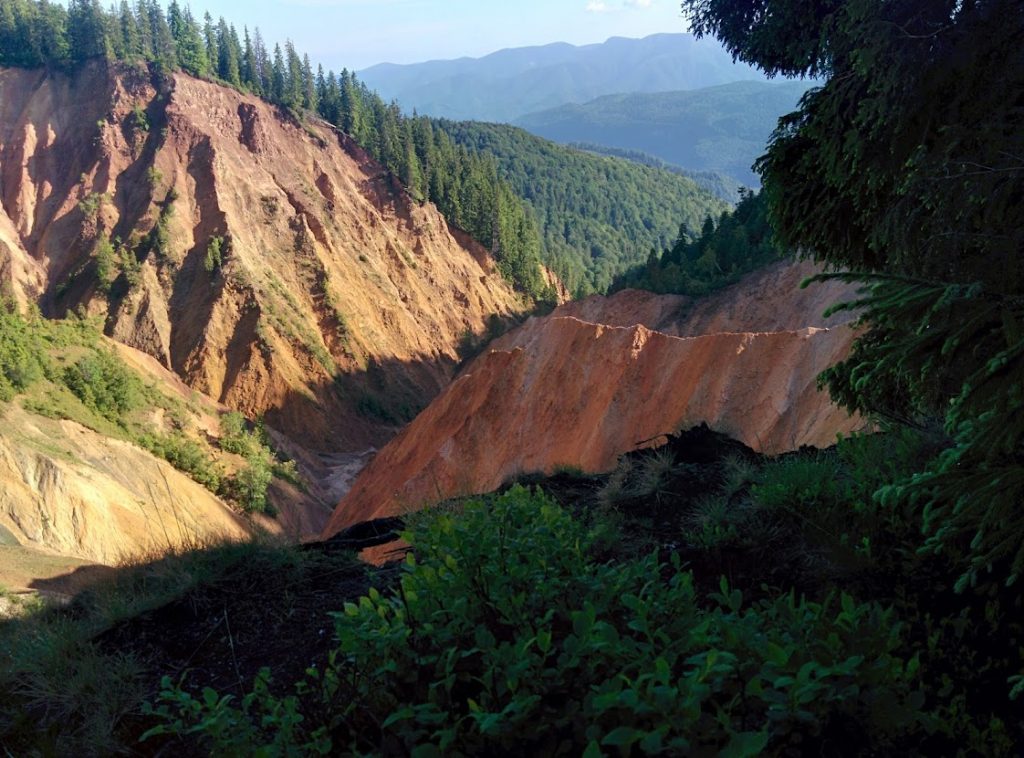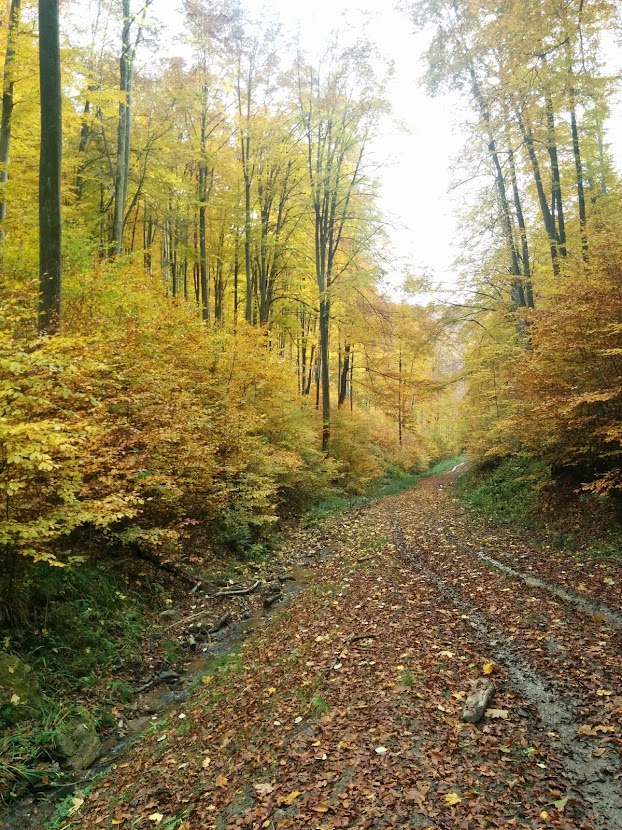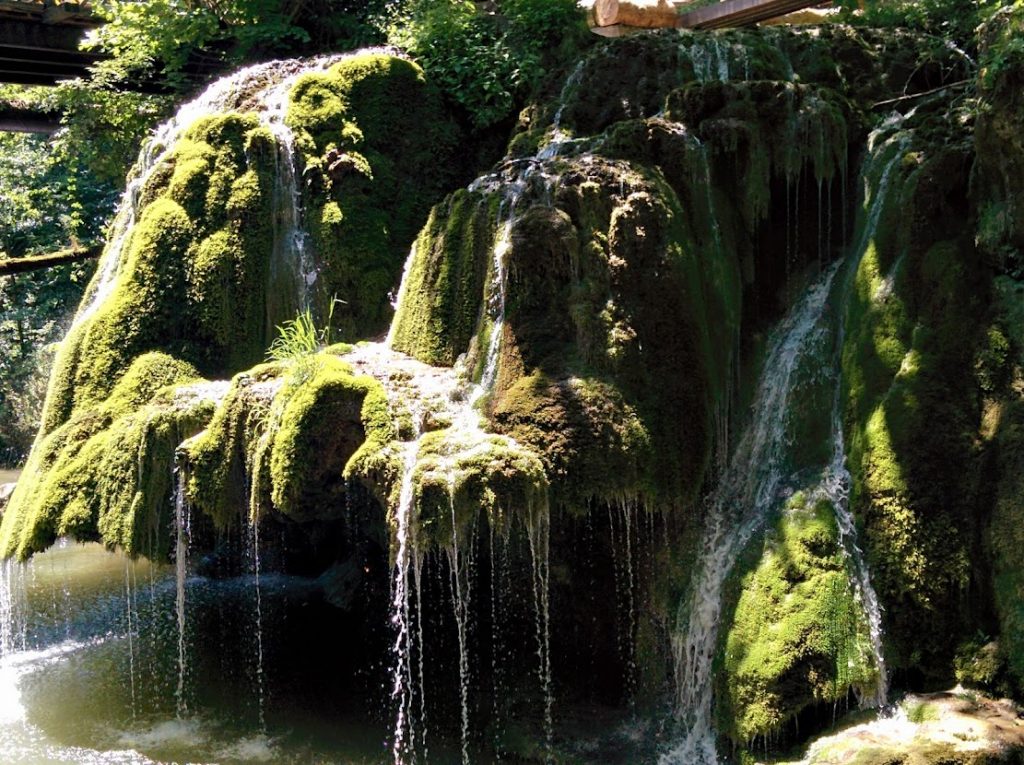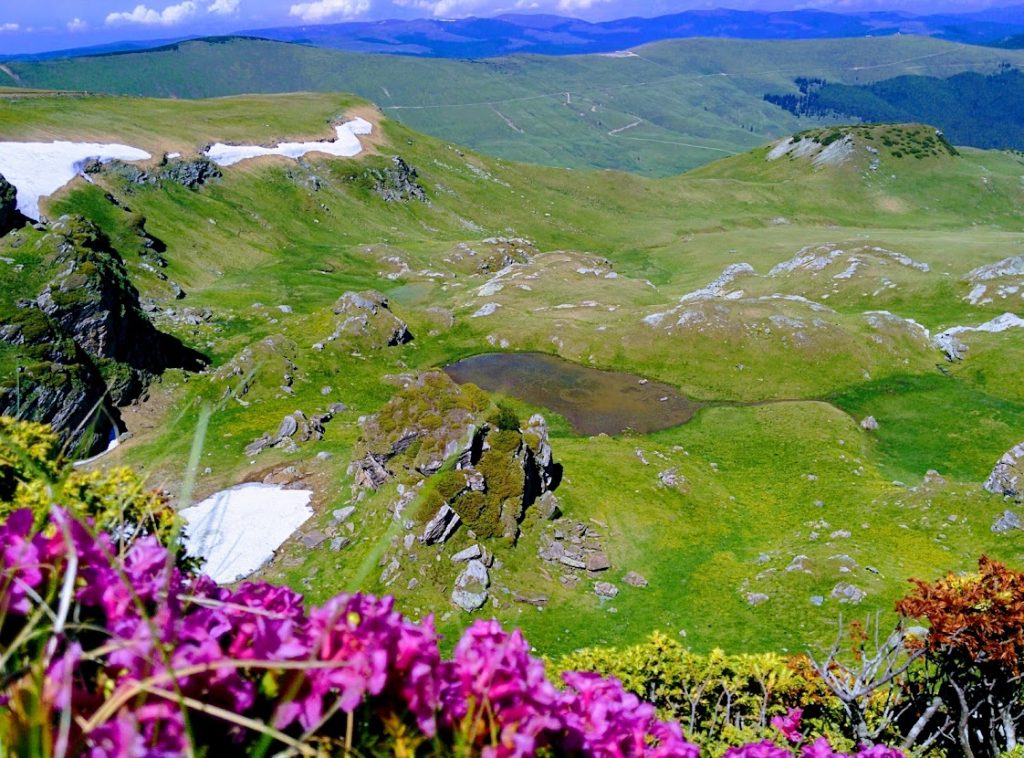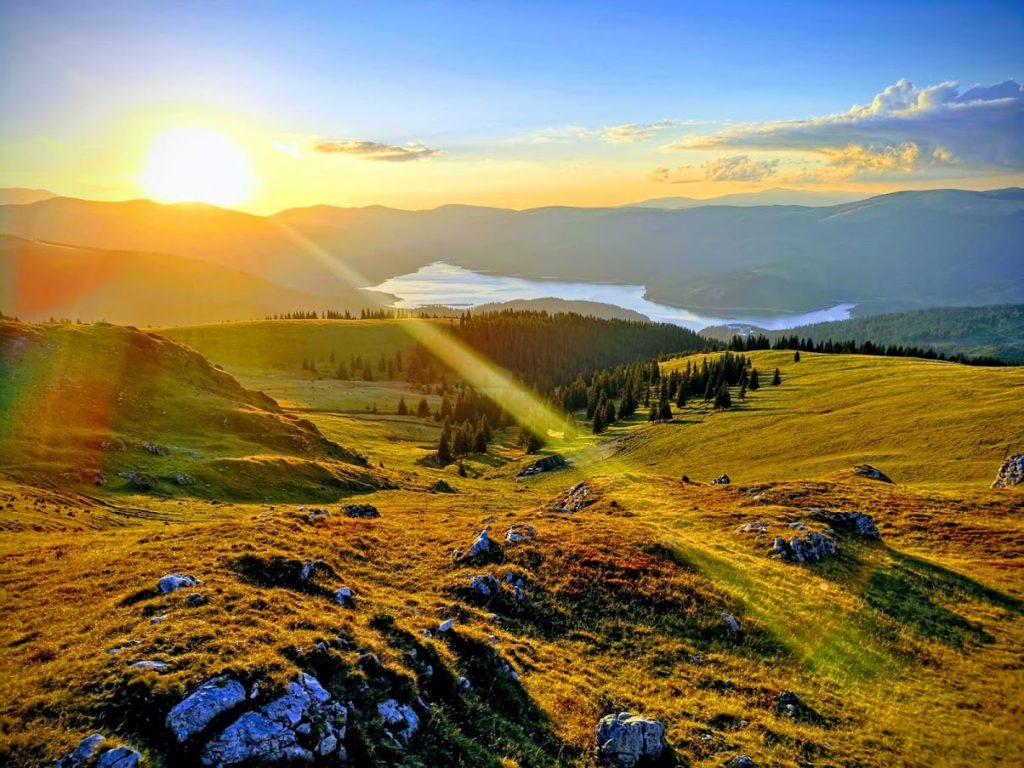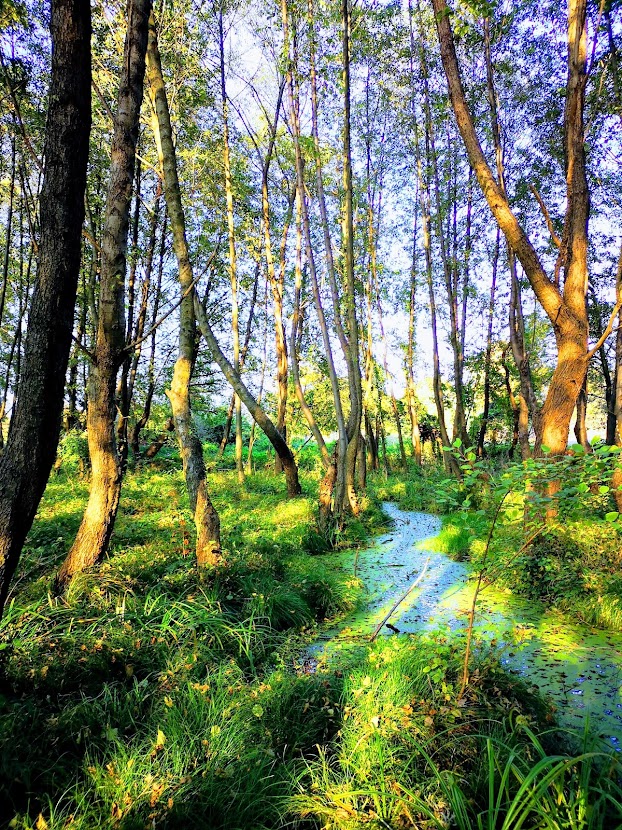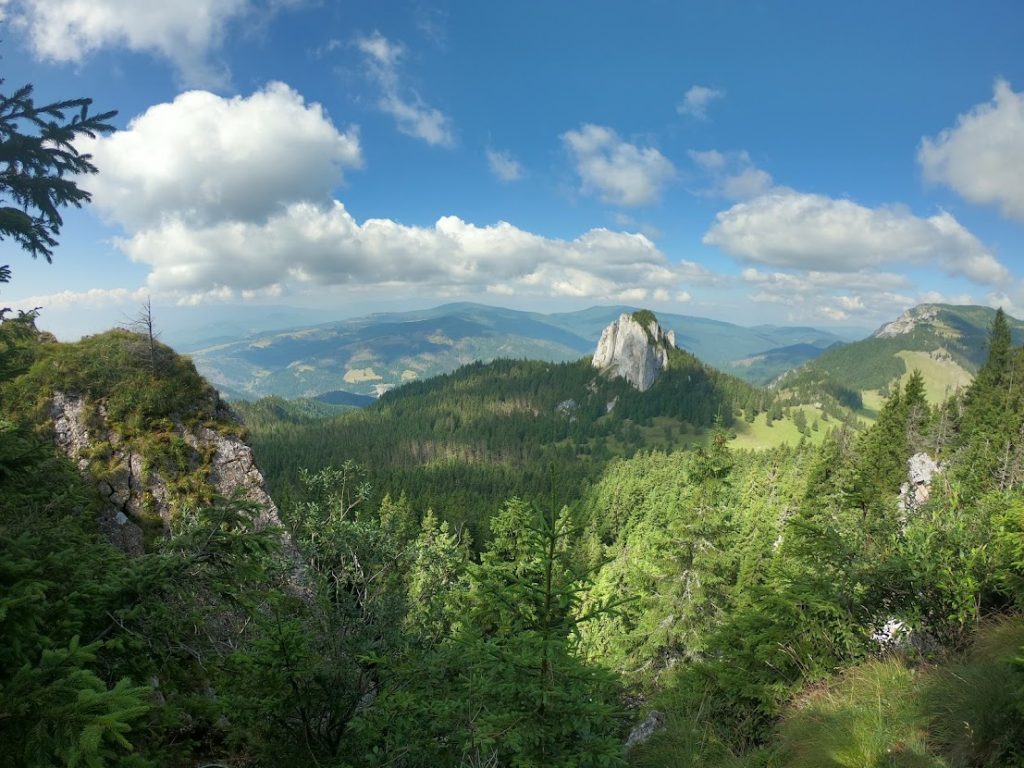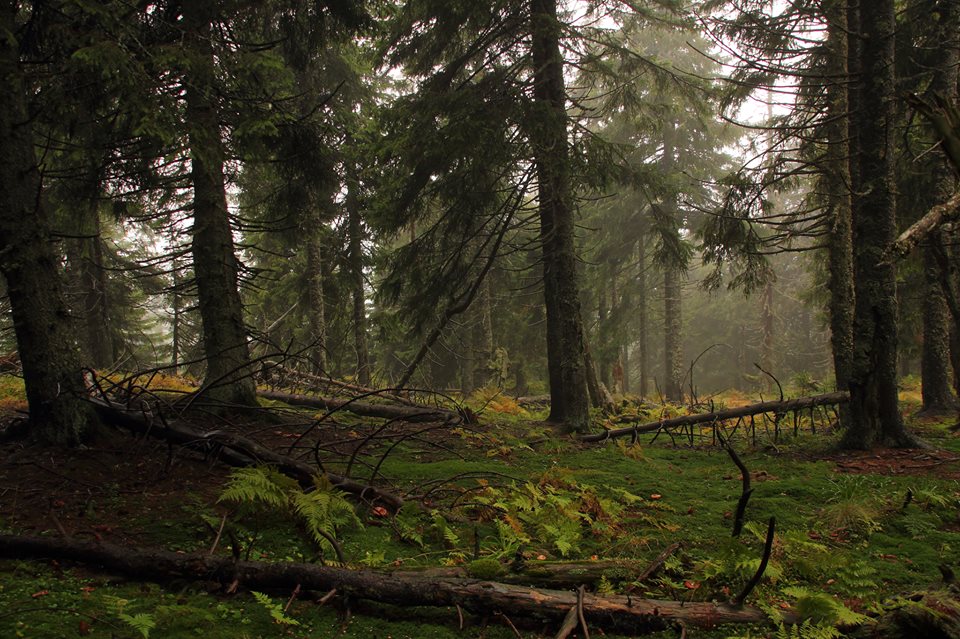Green care tourism relies on natural and semi-natural areas that are suitable for tourism activities. Forest Design in Romania assesses the biodiversity as well as other factors that can enhance tourism products in an area.
Why Green care tourism?
All human societies, economies, and cultures are embedded in nature and rely on it for sustenance and wellbeing. Humans have a natural affinity for nature, but society has disassociated itself from nature since the nineteenth century, and with the industrial revolution, parks were replaced by factories. With these choices comes a decrease in health and wellbeing, felt in today’s generations that are tilted toward greener lifestyles. The link between humans and nature is based on thousands of years of evolutionary experience. It has been observed that conventional medicine may not be able to treat all diseases, and that is why Green care tourism aims to enhance both resident and visitor health and well-being through self-organized and organized services and activities in nature.
As a missing link between society and nature, Green care tourism offers health benefits for both humans and the environment that can range from health improvement to relaxation or stress relief. There are specific activities for Green care tourism such as forest-based therapies, forest bathing, and other holistic wellness programs that rely on the environment. Moreover, experiencing and connecting with natural environments reduces psychological and physical stress, boosts our immune system, increases positivity and vitality, and stimulates social cohesion and physical activity.
According to the EU Biodiversity Strategy for 2030, “we need nature in our lives” to improve our health and that of the Planet. Natural environments are increasingly recognized as opportunities for preventive health, and as a way to mitigate many diseases related to urbanization, modern lifestyles, and work conditions. Furthermore, assisted interventions in nature can increase self-esteem, improve reflection, and improve social and emotional skills. In addition, these benefits are recognized in light of the challenges posed by the Covid-19 pandemic.
Suitable environments for Green care tourism
Tourism is not often considered as part of the environment, and usually heavily visited sites suffer from degradation, resulting in a decrease in tourists. Further, mass tourism does not take into account biodiversity, which is normally a natural area’s major attraction. In recent decades, conservation areas have become an increasingly important form of land use for protecting biodiversity. Human health is negatively affected by environmental degradation, and positively affected by contact with a naturally biodiverse environment. Thus, health and well-being are affected by biodiversity and areas that can enable greener tourism practices. Green care tourism is focused on these areas that have become sources of mental and physical health. In this context, it is important to assess and maintain biodiversity levels.
Forest Design implications in Green care toursim
Forest Design provides biodiversity assessment and monitoring services. As a complex ecosystem, forests will always be of exceptional value to society, not only for the products they provide, but also for their beneficial effects on the environment and human well-being. In 1992, the United Nations Earth Summit in Rio de Janeiro described biodiversity as an array of living organisms that includes, among other things, terrestrial, marine, and other aquatic ecosystems. It also encompasses diversity within and among species, as well as between species and ecosystems.
Starting with documentation about existing data, and continuing with a planning phase, the process is divided into five steps. The collection of data on the field is the third step and is made through sample plots, in order to determine the habitat type for floristic surveys with information related to localization, forest type, understory, natural regeneration, herbaceous blanket, and disturbing biotic and abiotic factors. The data analysis step involves processing field data and finally interpreting and preparing the report. As a result of the research, early trends in dynamics can be identified, and thus allow the prediction of structural and functional changes, which allows timely measures to be taken to protect the area. A high biodiversity promotes a harmonious interaction between man and nature by promoting the preservation of traditional land uses, strengthening local activities, practices, and traditional culture. It also provides recreational and tourism opportunities to the public and encourages scientific and educational pursuits.
The future of Green care tourism
The World Health Organization estimates that depression will be the leading cause of disease burden by 2030. A factor related to biodiversity is that it can reduce mental health disorders and provide healthcare benefits to prevent or treat them. Hence, assessing biodiversity and understanding its connection to society can reduce the incidence and costs of health issues.
Authors
Sergiu Florea – Forest Design
Photo credit
Forestdesign. Photography: Bogdan Candrea
Share this page
